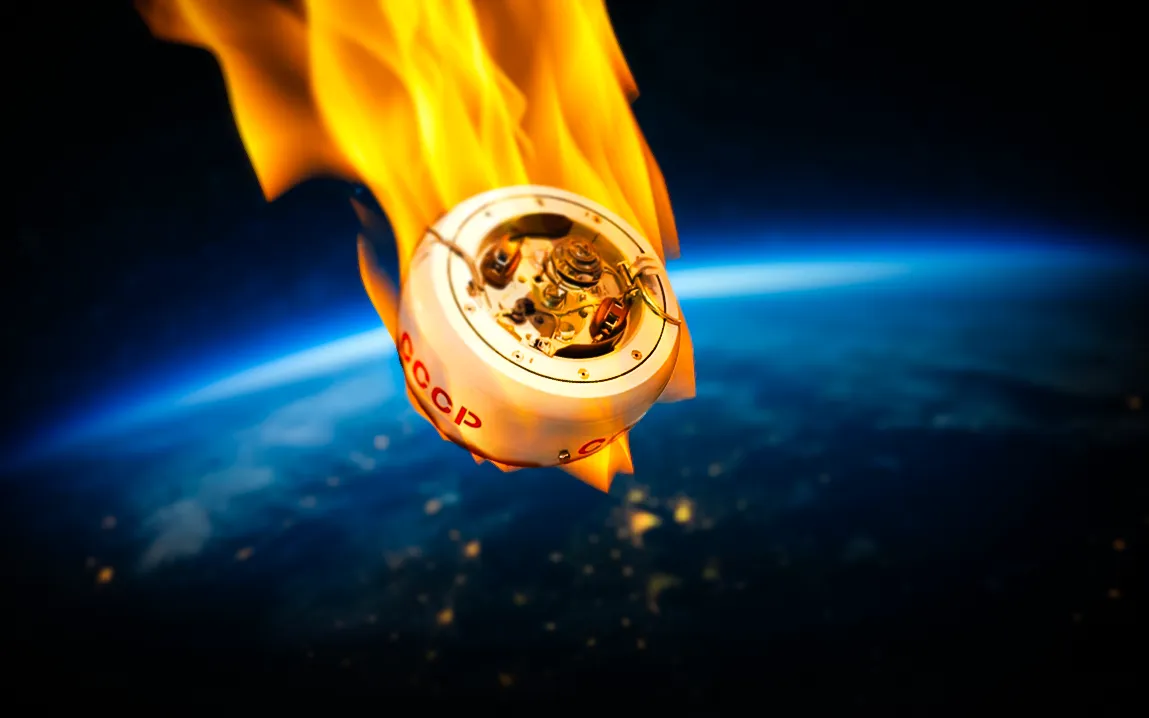A Soviet spacecraft launched more than five decades ago finally came crashing back to Earth on Saturday, May 11. Known as Kosmos 482, it was part of a failed 1972 mission to Venus that never escaped Earth’s orbit due to a rocket malfunction.
Russian space officials confirmed the spacecraft’s reentry and believe it came down over the Indian Ocean. The European Union Space Surveillance and Tracking team also monitored the event. But the exact crash location remains uncertain, with some experts skeptical of the Indian Ocean report.
Built to Survive Venus, But Not Earth’s Atmosphere
Kosmos 482 was designed to endure the extreme heat and pressure on Venus. That means it was tough, especially its lander, a titanium-encased sphere about 3 feet wide and weighing over 1,000 pounds.
Because of its strong build, scientists said it was more likely than most space junk to survive the fiery fall through Earth’s atmosphere. But as of now, it’s unclear whether any parts made it to the ground intact.
A 50-Year-Old Orbit Comes to an End
When the spacecraft launched in 1972, it was one of several Soviet missions aimed at exploring Venus. But this one never made it. Most of the spacecraft fell back to Earth within ten years. The lander, however, remained in orbit for 53 years before gravity finally pulled it down.
Due to the unpredictable nature of space reentries, especially with an object in orbit for so long, scientists couldn’t pinpoint exactly when or where it would fall. Solar activity and the spacecraft’s aging components added to the uncertainty.
Disappointment Over Unclear Reentry
Some space watchers were frustrated by the lack of clarity. Dutch scientist Marco Langbroek joked on X (formerly Twitter), “If it was over the Indian Ocean, only the whales saw it.”
As of Saturday afternoon, U.S. Space Command had not yet confirmed the exact reentry details. They continue analyzing satellite data to determine what happened.
Space Junk, Treaties, and Ownership
Even if some wreckage survived and is found, it would officially belong to Russia under a United Nations treaty. Space debris reenters Earth’s atmosphere regularly, but Kosmos 482 drew extra attention because it was built so solidly, and came down uncontrolled.
Usually, agencies plan these events and aim for vast, uninhabited areas like the Pacific Ocean. But this time, the spacecraft made its return without guidance, leaving experts and observers to watch and wonder.



